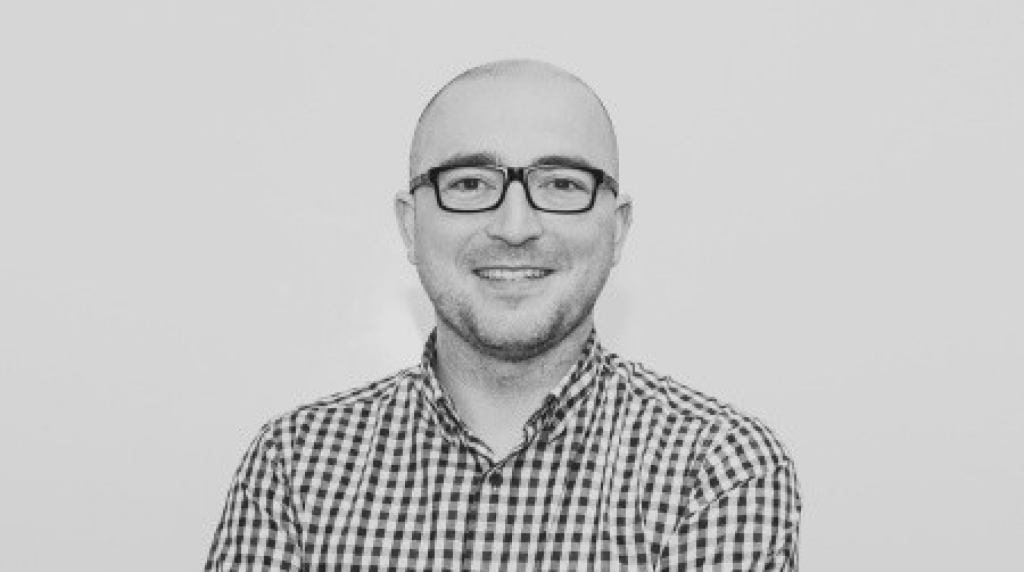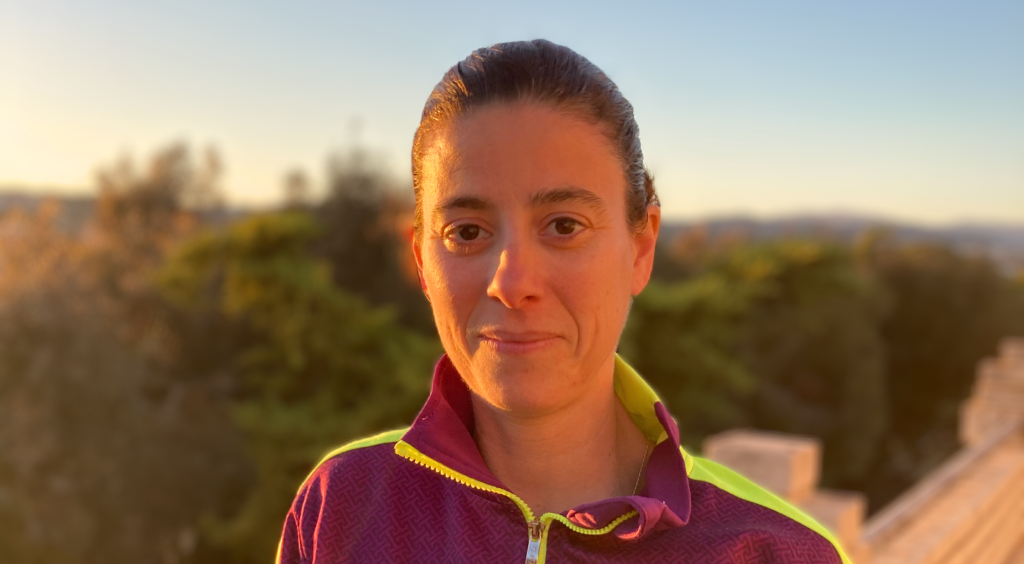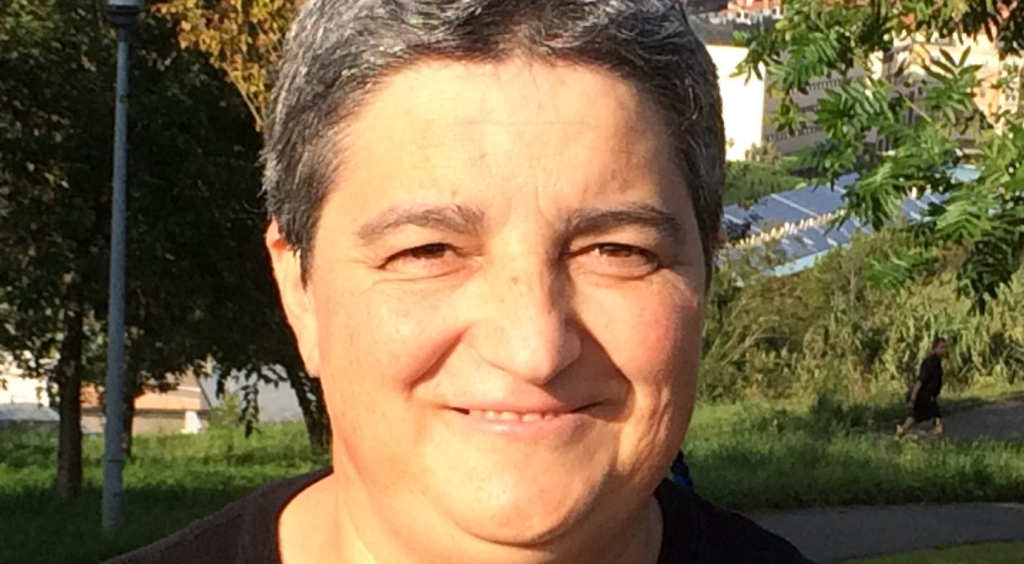Miguel Ángel Azorín (Physical Education specialist teacher) and Miriam Payá (Foreign Language specialist teacher: English) are the creators of Flipped Primary, an app that allows the Flipped Classroom model to be introduced easily in the classroom, making learning meaningful for everyone.
Additio App has accompanied Miguel Ángel and Miriam over the years, allowing them to monitor their students’ progress in a personalized way. We had the opportunity to interview them to learn more about their Flipped Primary project, their use of Additio App, and how technology has impacted their teaching.
Don’t miss this interview!
Are you interested in learning more about other teachers’ experiences? Don’t miss the following interviews:
- Interview with Óskar Rodríguez, teacher and digital tools user
- Interview with Elio Jardón, teacher and head of studies promoting the use of technology
- Interview with Izaskun Gutiérrez, teacher and advocate for conscious use of technology
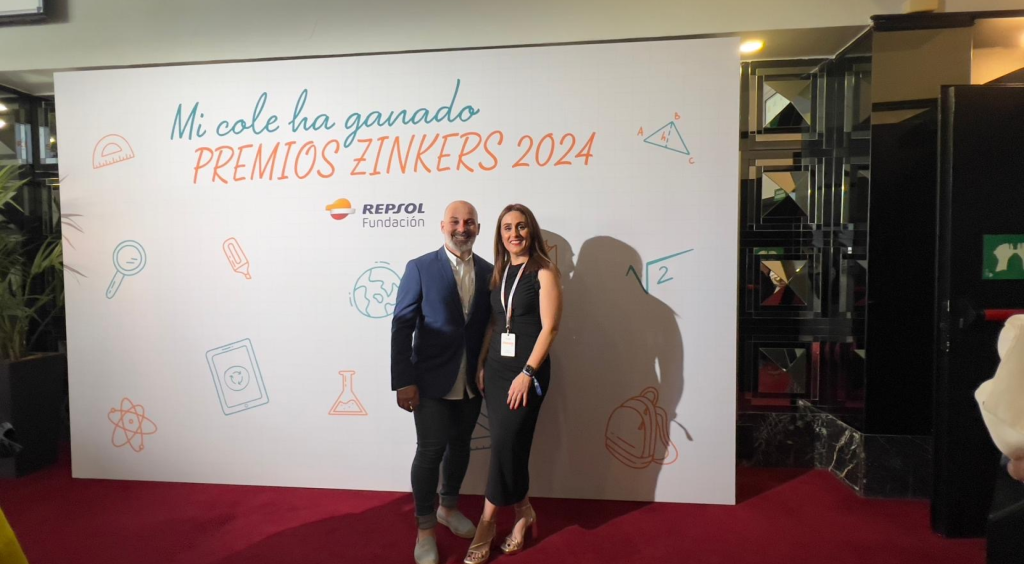
Tell us a little about yourselves. Which grade levels and subjects do you currently teach?
We both work in the second and third cycles of primary education at the same school. Miguel Ángel is a Physical Education specialist teacher and is part of the ICT team, as well as a digital tools ambassador. Miriam is a Foreign Language specialist teacher (English) and coordinator of the school’s Innovation Team. Additionally, we are both trainers and dedicate part of our time to training other teachers in active methodologies and the pedagogical use of technology.
What led you to become teachers? What do you enjoy most about your work?
We have always loved teaching. In fact, we both agree that even before becoming teachers, we were already involved in that world without realizing it. Miguel Ángel was a futsal coach and fitness trainer for a local football team, and Miriam taught swimming.
Furthermore, while studying Education, each of us in our own university stage, we gave private lessons. That period helped us tremendously to confirm that this was our calling. It was a way to check that we genuinely enjoyed teaching and, at the same time, start gaining experience before working in a school.
We are both passionate about seeing children progress, overcome challenges little by little, and feel happy when they achieve new learning. We love seeing students grow, witnessing their enthusiasm and curiosity. Our teaching approach is about helping each student discover the potential they carry within.
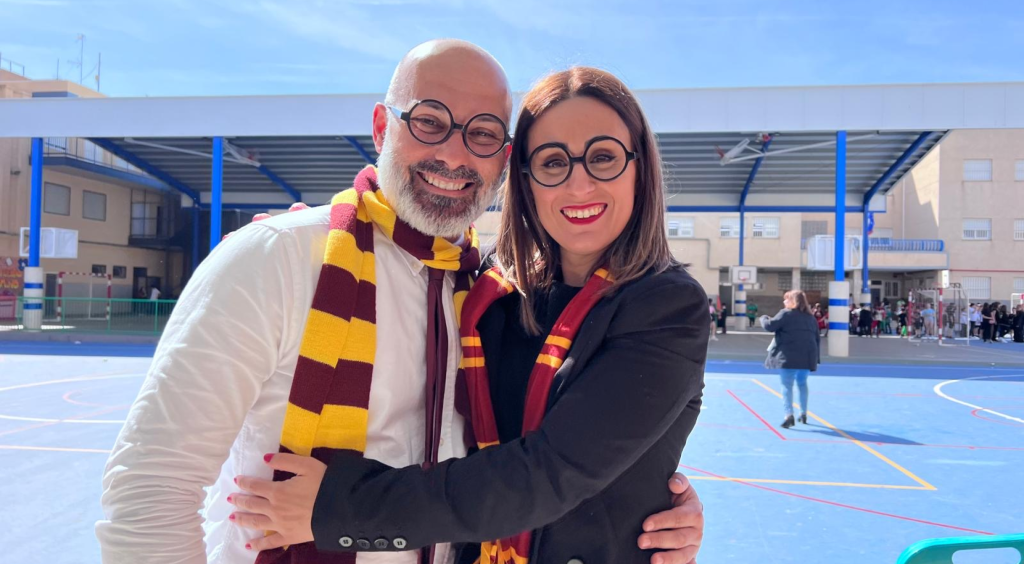
How would you describe your teaching style?
We like to think that our style is a mix of creativity, emotion, and action, where motivation is the starting point of everything. We believe that when students feel part of what they are doing, they truly learn and enjoy the process.
In our classes, we play, investigate, cooperate, and create final products in the Learning Situations we design, combining different methodologies such as Project-Based Learning (PBL), Cooperative Learning, and Gamification, among others. These strategies help us keep curiosity alive, promote teamwork, and connect learning to real life. We aim for each day in the classroom to be an experience that leaves a mark, and for our students to come in every morning eager to keep learning in the classroom.
You have an app called Flipped Primary. What motivated you to create it? What can you tell us about it?
The idea for Flipped Primary actually began with the intention of using it with our students at the school. Initially, Miguel Ángel wanted to create an app for his students, with educational videos to help them review or prepare sessions at home related to Physical Education games or exercises, so that more effective work could be done in the playground and more focus could be placed on the students rather than spending a lot of time on explanations, rules, and game norms… But Miriam, who always sees a little further ahead, convinced him that the app could go much further: that it could serve all subjects and grades in primary school, with videos linked to the content and core knowledge that students need to learn.
Thus, Flipped Primary was born, an app designed for visual and autonomous learning, with small audiovisual “pills” that can be used both with the Flipped Classroom model and to reinforce or support students with different learning needs. Over time, we also created a web version so that any teacher, family member, or student could access it easily.
During the pandemic, daily downloads were spectacular. It was exciting to see so many schools, teachers, and families using the app to continue learning at home. We felt very proud knowing that something that started as a small classroom idea could help so many people in such a difficult moment. Today, Flipped Primary continues to grow, but with the same essence it was born with: making learning accessible, fun, and meaningful for everyone. That said, we have a thousand ideas to improve it and make it even more powerful if we ever manage to find a little time to do so. Here, we send a nod to anyone reading this interview on your blog: if someone with programming skills wants to join the project, they are more than welcome, they just need to get in touch with us.
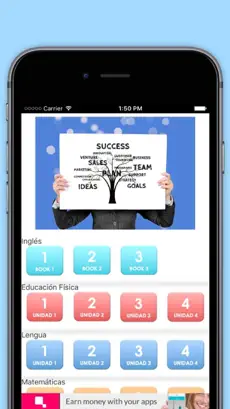
In your own words, what is flipped classroom?
Flipped classroom basically consists of turning the traditional way of teaching upside down. Instead of explaining theory in class and sending homework for home, we do the opposite: students view theoretical content at home (at their own pace, with videos or interactive materials), and when they arrive in the classroom, they can clarify doubts through discussions and have more time to do, apply, and create.
In this way, the classroom becomes a space where the teacher guides, supports, and helps, while students take the reins of their own learning.
How did you discover the flipped classroom model and what motivated you to apply it in your classes?
We discovered it many years ago when we felt we needed a change. We were clear that students should play a more active role, and the flipped model offered exactly that. The idea of freeing up class time to guide and practice seemed like a gift. From the first moment, we saw that it worked, that classes were full of questions, and that we could work more time in a much more effective way.
What changes have you noticed in your students since using this methodology?
Many. First, motivation: they no longer come to class just to “listen” but to “do.” They are more autonomous, help each other, make decisions, and are more engaged. Moreover, it has allowed us to better address diversity because each student can progress at their own pace and reach the same goal via different paths.
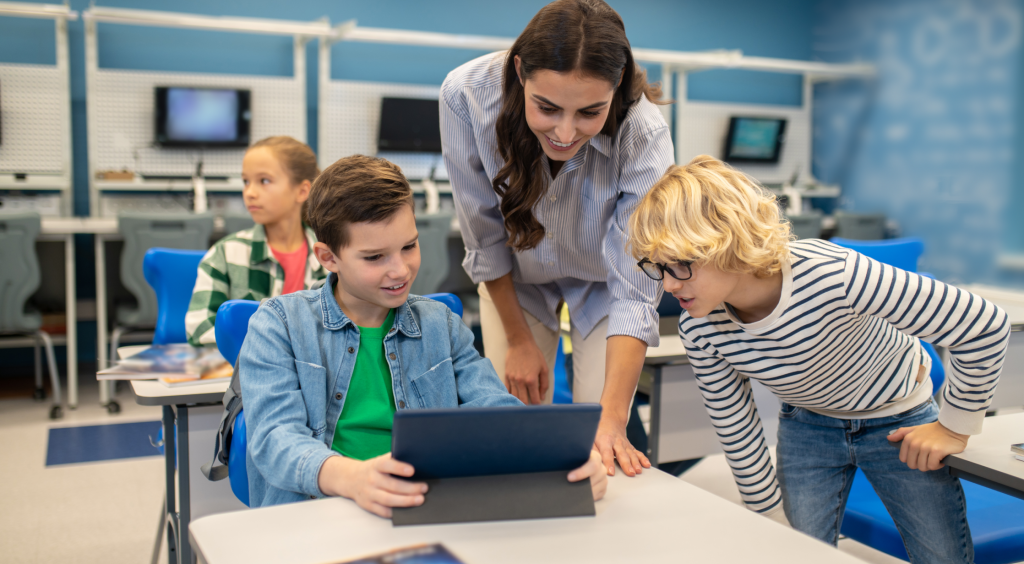
Artificial intelligence is increasingly present in education. How do you think AI can enhance the flipped classroom methodology?
AI can be and is a great ally if used with an educational purpose. It allows us to save a lot of time on mechanical tasks and dedicate it to what really matters: guiding students in their learning. For example, we can extract text from a video, ask the AI to generate various questions and answers, and then incorporate them directly into the digital platform where the activity takes place, facilitating the creation of interactive and personalized materials, in addition to saving time.
In fact, on our educational TikTok and Instagram accounts (@flippedprimary) we have a video showing how to do it step by step, because we believe that sharing such resources encourages more teachers to try it.
Additionally, AI also offers new possibilities to create mind maps, visual diagrams, or automatic summaries, ideal for reviewing content with students and addressing different learning styles.
That said, we always say AI does not replace the magic of teaching. It enhances it, helping us be more creative, more efficient, and better personalize each learning experience.
Could you share a specific example of an activity that worked particularly well with flipped classroom?
Yes, our most special project has been “Gravedad Zero”, an interdisciplinary proposal where students must design a sustainable colony on another planet, learning from humanity’s mistakes regarding the deterioration of the planet and our resources. In subjects like Science, English, and Physical Education, directly linked to the project, we used the traditional Flipped Classroom model, sending videos home so students arrived in class with prior knowledge. This way, classroom time was dedicated to experimenting, creating, and solving real challenges related to sustainability and environmental care.
In contrast, in subjects like Language and Mathematics, we applied the In-Class Flip model, watching videos inside the classroom through an adaptation by Miguel Ángel based on Eric Mazur’s Peer Instruction model, one of the strategies he explains in his Flipped Classroom training. It works wonderfully because it allows concepts to be introduced in a guided way in the classroom, detect doubts immediately, and foster active participation during viewing, preparing students for subsequent work.
The project includes Learning Situations focused on environmental care and naturally connects different subjects, promoting global, cooperative, and meaningful learning. The full development can be seen on Miguel Ángel’s website.
Thanks to this work, in 2024 “Gravedad Zero” won the Zinkers Award from the Repsol Foundation in the Valencian Community, and in 2025 it was recognized as the national Zinkers award for best Primary Education project. Beyond recognition, what was truly special was seeing students enjoy learning, believe in what they were doing, and understand the impact of their actions on the planet.
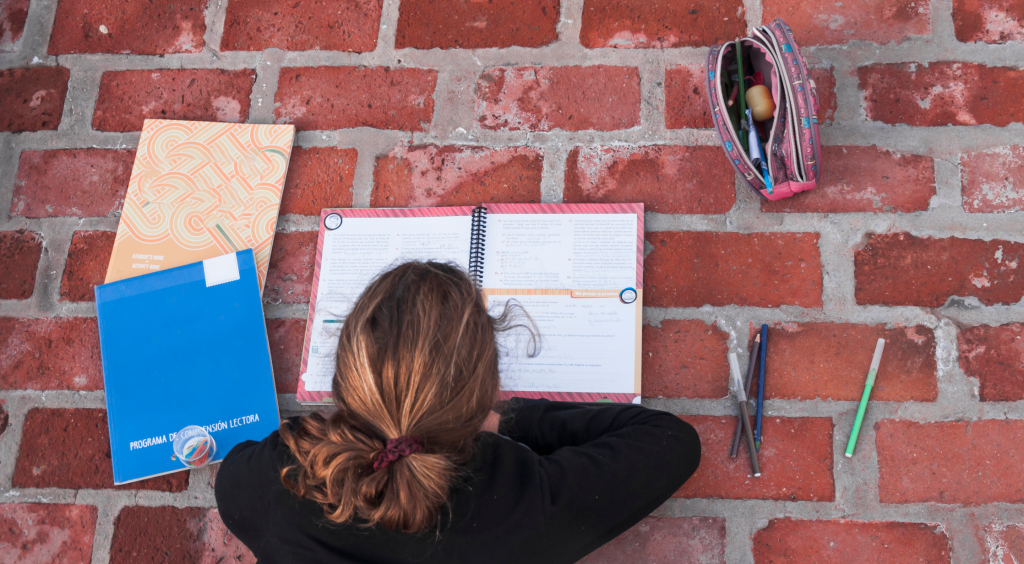
How did you discover Additio App and why did you start using it daily?
Before using Additio App, we worked with another tool, but we felt it didn’t fully meet our needs: evaluating by criteria and having a global, personalized view of student learning.
When we discovered Additio, we saw that it offered exactly that — a simpler, visual, and flexible way to organize skills-based assessment. From the first moment, it fit perfectly: it’s intuitive, complete, very powerful, and allows us to have all student information well-structured and based on real evidence.
Thanks to Additio, we have been able to adjust assessment to what really matters, focusing on progress, guidance, and continuous improvement.
How has your assessment approach changed since using the tool?
It has changed a lot. Now assessment is much more continuous, transparent, and formative. We can record observations, use rubrics, checklists, self-assessments, and peer assessments — all from one place and in a very visual way.
One of Additio App’s great advantages is that it allows us to assess from any device, which is very convenient when on the move, in the classroom, or even in the playground. Moreover, we can share classes, information, and assessment data among teachers, facilitating teamwork and consistency in criteria.
It is a very useful and effective tool that helps us focus on what really matters: guiding student learning.
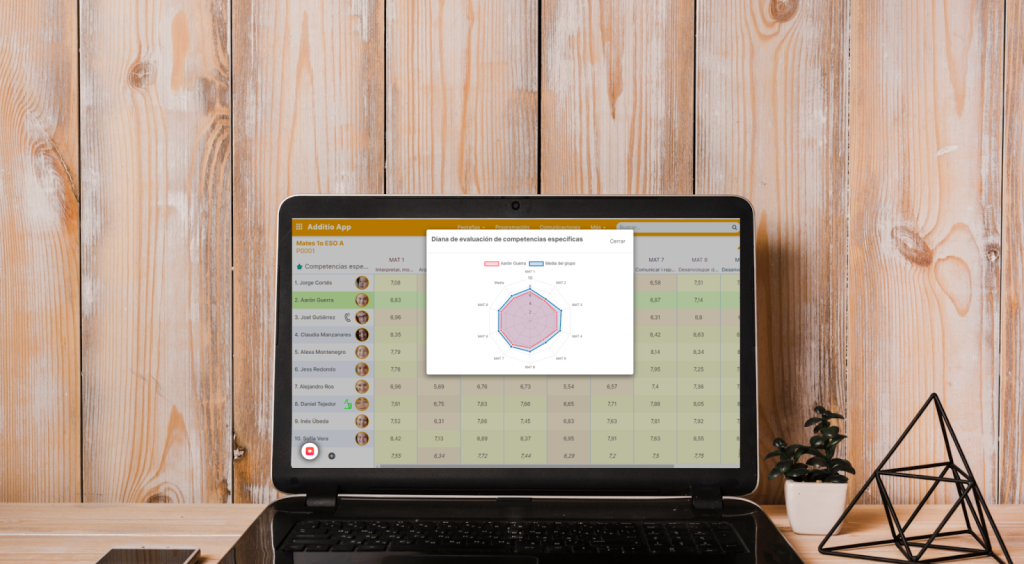
Which Additio App features do you use most and why?
We use rubrics and checklists a lot. We also value linking LOMLOE criteria directly because it greatly facilitates management and provides information on student achievements for qualitative reporting. Perhaps one feature not everyone knows and uses is peer and self-assessment to foster reflection and responsibility, which is wonderful.
If you could only keep one Additio App feature to take to a desert island, which would it be, and why?
Without a doubt, the skills rubrics where we link evaluation criteria to each indicator. They are our star tool. They make learning visible, provide real feedback, and accompany each student’s progress. Without them, returning to pre-Additio assessment would be very difficult.
If a teacher wanted to start applying flipped classroom, what initial steps would you recommend?
The first thing we would say is not to try to do everything at once. Start with one activity or unit, test, observe, and adjust. Above all, listen to the students, because they are the ones who best indicate if something works or not. It’s not about recording videos for the sake of it but giving meaning to classroom time, turning it into a space to experiment, create, and learn together.
How do you imagine the evolution of active methodologies like flipped classroom in the coming years?
We believe the future involves more human, fair, and evidence-based assessment. Digital tools are not an end in themselves but a means to better support students, understand their learning process, and provide more personalized and meaningful feedback.
Platforms like Additio App, Canva, or others must continue to grow alongside active methodologies to further promote participatory, visual, and evidence-based learning.
These tools should continue helping facilitate work management and assessment, transforming how students explore, create, and demonstrate knowledge. We believe technology should be naturally integrated in classrooms and used methodologically well, which is often where mistakes happen and why there are criticisms about tech use in schools today.
Artificial Intelligence, in turn, will be a great support to personalize learning, detect needs, propose adjusted challenges, and even generate context-specific materials. This reinforces what we have always defended: active methodologies and technology do not compete but complement each other, making learning a more human, personalized, and meaningful experience.
The key is balance: using technology to facilitate, not replace. No matter how many tools exist or we use, what makes the most impact remains the teacher’s gaze, encouragement, and authentic connection with students.
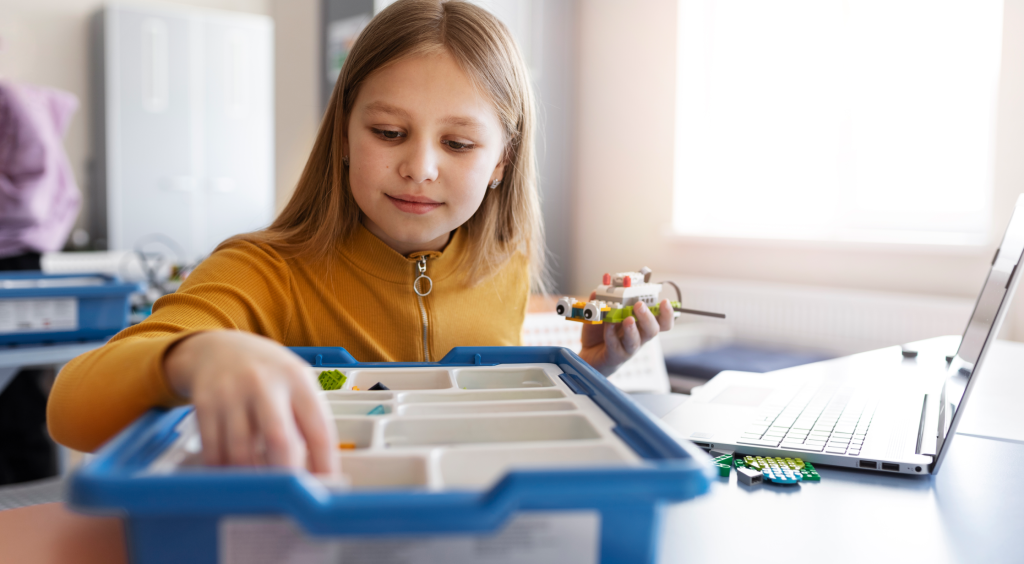
How do you envision the future of assessment and teacher management with digital tools?
We believe the future of assessment will move toward a more objective, real, and learning-based model. Digital tools, such as Additio App, allow us to obtain a more complete and precise view of the educational process, helping us make informed decisions and provide high-quality feedback. As our great friend Chema Lázaro says: “Give more feedback and less feedback for the sake of feedback.”
The challenge, as teachers, is to use all that information pedagogically, transforming it into improvement opportunities and not just numbers. Technology can help us measure better… but what gives meaning to that measurement remains our professional gaze, empathy, and daily guidance of students.
Do you want to take advantage of all the benefits Additio App offers to teachers like you and the creators of Flipped Primary?
You can assess competencies and better guide students by signing up for Additio App with the individual teacher plan, or if you think your school could benefit from the school plan, you can request a free demo:
And don’t forget to follow us on social media so we don’t lose track: Facebook, Twitter, Instagram and Youtube.
